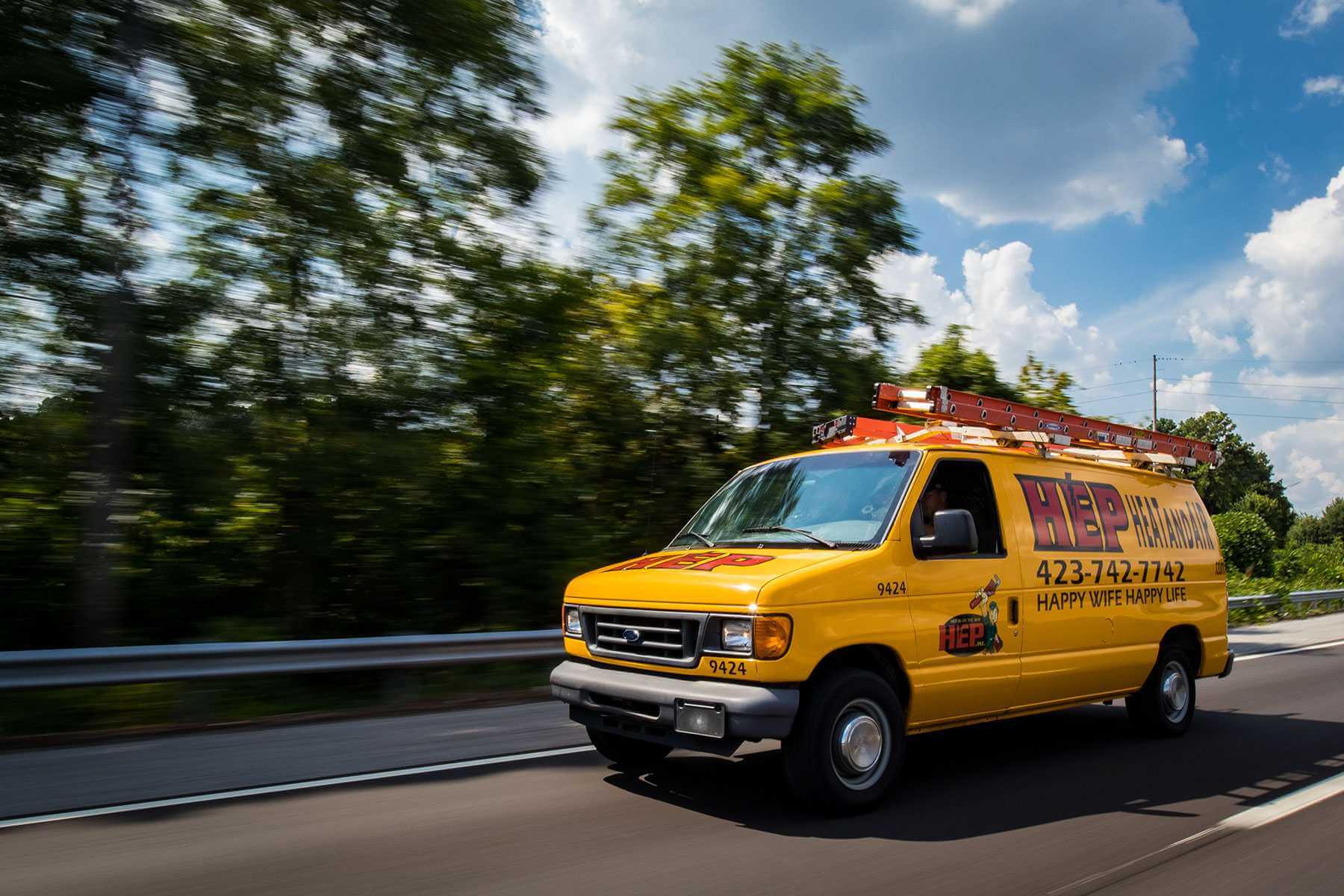

Water Damage Restoration
Your trusted partner for professional home services. Quality workmanship, guaranteed satisfaction.




- HEP Plumbing
- Water Damage Restoration
Water Damage Restoration | Emergency Plumbing | Plumbing | Dandridge
When a burst pipe or hidden leak threatens your Dandridge home, every minute counts. HEP’s certified technicians arrive fast, armed with advanced moisture-detecting tools, powerful extraction equipment, and the know-how to stop the flow, dry the structure, and prevent mold before it starts. We coordinate directly with your insurance, document the damage, and treat your belongings with care, so you can focus on what matters while we return your space to pre-loss condition.
Day or night, our emergency plumbing team is on call for rapid water removal, pipe repairs, and complete restoration solutions. From the first gush of water to the final coat of antimicrobial sealant, you’ll have transparent communication, upfront pricing, and hometown service rooted in Dandridge pride. One call to HEP brings peace of mind—and a dry, healthy home—back faster than you thought possible.
FAQs
What should I do first if I discover sudden water damage in my Dandridge home?
Immediately shut off the main water supply to stop additional flooding. If water is near electrical outlets or appliances, turn off power at the breaker box—only if you can do so safely. Next, call our 24/7 emergency plumbing line so a certified technician can be dispatched. While you wait, move valuables to a dry area, place towels or buckets to control spreading water, and take photos or videos for your insurance claim.
How quickly can your emergency plumbers arrive in Dandridge and surrounding areas?
Because we keep on-call teams staged in Jefferson County, our average arrival time within Dandridge city limits is 60 minutes or less—day or night, weekends and holidays included. For rural addresses outside the city, we quote a 60- to 90-minute window depending on road and weather conditions. You’ll receive real-time text updates with technician location and an accurate ETA.
Do you work with homeowners’ insurance for water damage restoration claims?
Yes. We document the loss with photos, moisture readings, and an itemized scope of work that meets industry standards (IICRC S500). We can bill your insurer directly or provide all paperwork you need for reimbursement. Our staff will also communicate with your adjuster, submit estimates through Xactimate, and help ensure you receive coverage for emergency plumbing repairs, water extraction, structural drying, and any necessary rebuild.
Can you detect hidden leaks and moisture behind walls or under floors?
Absolutely. Our technicians use non-invasive moisture meters, infrared thermal imaging cameras, and in-line video pipe inspection tools. These technologies let us pinpoint leaks inside walls, beneath slab foundations, and under cabinetry without unnecessary demolition. Accurate detection shortens drying time, cuts repair costs, and prevents secondary problems such as mold growth or structural rot.
What steps are involved in the water damage restoration process?
1) Inspection & damage mapping: We measure moisture levels and classify the water (clean, gray, or black). 2) Water extraction: High-capacity pumps and vacuums remove standing water. 3) Controlled demolition: Only unsalvageable materials—soggy drywall, swollen baseboards, saturated carpet pad—are removed. 4) Structural drying: We set dehumidifiers and air movers, monitor daily, and adjust until wood framing and subfloors are back to safe moisture levels. 5) Cleaning & sanitizing: Antimicrobial treatments neutralize bacteria, and odor-control techniques restore indoor air quality. 6) Reconstruction: Our licensed contractors repair drywall, flooring, trim, and any plumbing that was replaced, returning your home to pre-loss condition.
Is it safe to stay in my home during the drying and repair process?
If the affected area is limited and category-1 (clean) water was involved, remaining at home is usually safe. However, for large losses, sewage-contaminated water, or cases where significant demolition and equipment noise will occur, we often recommend temporary relocation for comfort and health reasons. We’ll provide a clear safety assessment, explain risks like mold spores and electrical hazards, and help coordinate lodging if your insurance policy offers additional living expense (ALE) coverage.